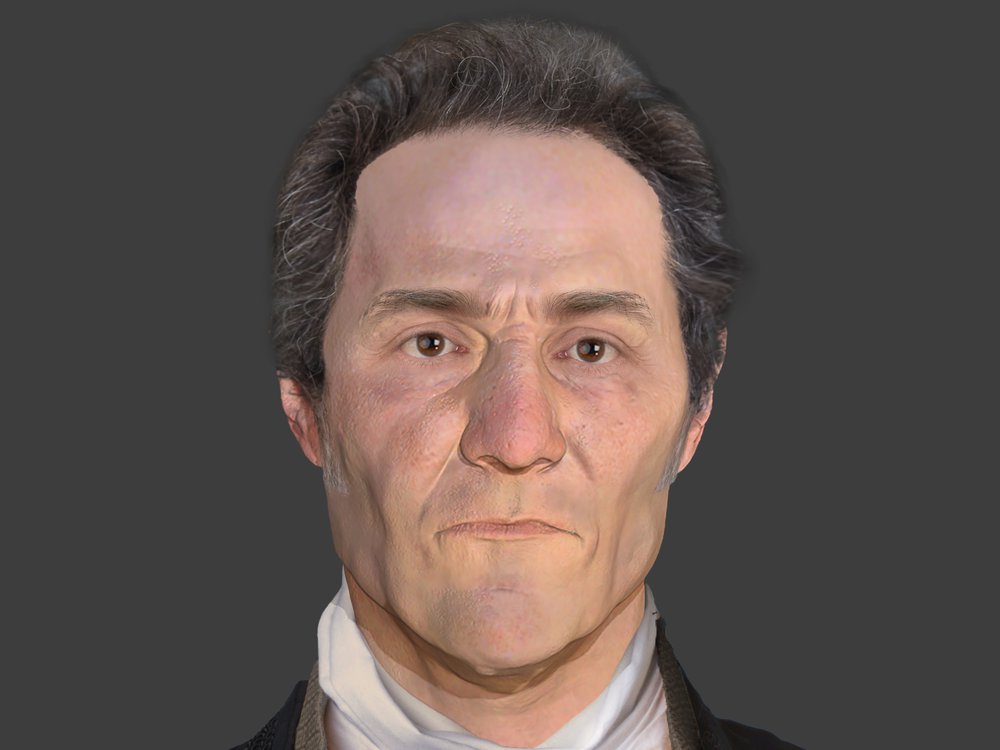Scientists have digitally reconstructed the face of a man accused of being a vampire in the 19th century, shedding light on the superstitions and folklore of the time. Using only his skull as a reference, the team of researchers was able to create a 3D model of what John Barber might have looked like.
Barber, who was buried in the town of Kamien Pomorski in Poland, was suspected of being a vampire due to the way his body was buried. “The body was buried with the head placed between two bricks, which was a common practice in the area for suspected vampires,” explains Dr. Krzysztof Socha, the archaeologist who led the excavation.

This story is just one example of The Great New England Vampire Panic that swept through New England in the late 19th and early 20th centuries. During this time, many people in the region believed in the existence of vampires and the role they played in the spread of disease.
People suspected of being vampires were often exhumed and their bodies were subjected to various tests to see if they were the cause of illness in the community.
To create the digital reconstruction, the team used photogrammetry, a technique that involves taking hundreds of photographs of an object from different angles and then using software to create a 3D model. They also consulted historical records and compared the man’s skull to other skulls from the same time period.
The resulting reconstruction shows a man with a strong jaw, high cheekbones, and a prominent nose. “He had a very masculine face,” says forensic artist Paulina Szymańska, who worked on the project. “He wouldn’t have been considered conventionally attractive by today’s standards, but he definitely had a striking look.”
While the team can’t say for sure whether the man was actually a vampire, they hope that their work will shed light on the superstitions and beliefs of the time.
As Dr. Socha puts it, “This project is just one small part of the long and complex history of vampire beliefs. But it’s fascinating to be able to bring these stories to life and see what they might have looked like.”
- Share On Facebook
- Like
- Digg
- Del
- VKontakte
- Flattr
- Buffer
- Love This
- Odnoklassniki
- Meneame
- Blogger
- Amazon
- Yahoo Mail
- Gmail
- AOL
- Newsvine
- HackerNews
- Evernote
- MySpace
- Mail.ru
- Viadeo
- Line
- Comments
- Yummly
- SMS
- Viber
- Telegram
- Subscribe
- Skype
- Facebook Messenger
- Kakao
- LiveJournal
- Yammer
- Edgar
- Fintel
- Mix
- Instapaper
- Copy Link
